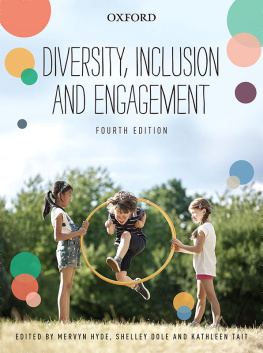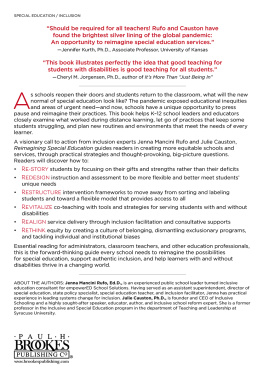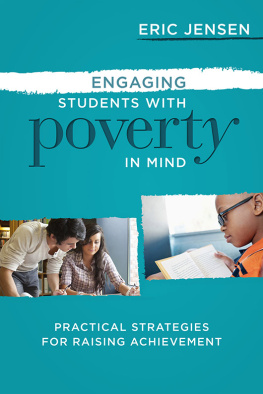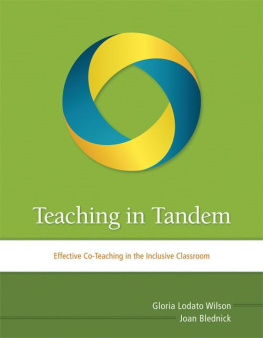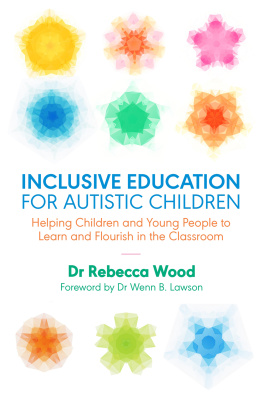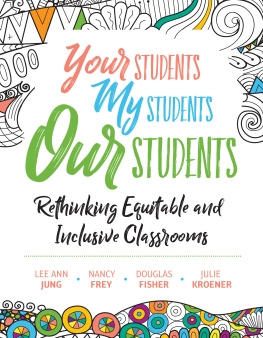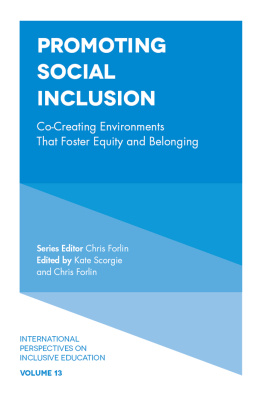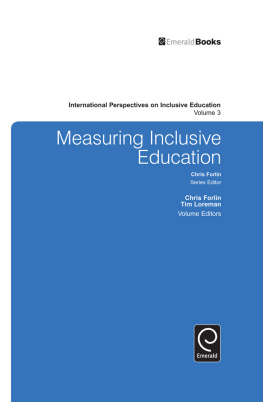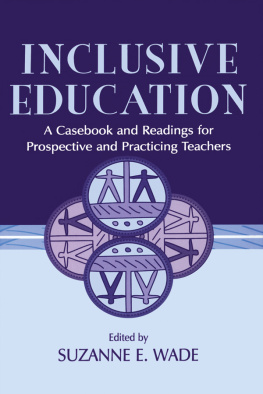Table of Contents
Page List
Guide
Diversity, Inclusion and Engagement

Oxford University Press is a department of the University of Oxford.
It furthers the Universitys objective of excellence in research, scholarship, and education by publishing worldwide. Oxford is a registered trademark of Oxford University Press in the UK and in certain other countries.
Published in Australia by
Oxford University Press
Level 8, 737 Bourke Street, Docklands, Victoria 3008, Australia.
Mervyn Hyde, Shelley Dole and Kathleen Tait 2022
The moral rights of the authors have been asserted
First published 2010
Second edition published 2013
Third edition published 2017
Fourth edition published 2022
All rights reserved. No part of this publication may be reproduced, stored in a retrieval system, or transmitted, in any form or by any means, without the prior permission in writing of Oxford University Press, or as expressly permitted by law, by licence, or under terms agreed with the reprographics rights organisation. Enquiries concerning reproduction outside the scope of the above should be sent to the Rights Department, Oxford University Press, at the address above.
You must not circulate this work in any other form and you must impose this same condition on any acquirer.

ISBN 9780190329488
Reproduction and communication for educational purposes
The Australian Copyright Act 1968 (the Act) allows educational institutions that are covered by remuneration arrangements with Copyright Agency to reproduce and communicate certain material for educational purposes. For more information, see copyright.com.au.
Edited by Sandra Balonyi
Typeset by Integra Software Services Pvt. Ltd.
Proofread by Laura Davies
Indexed by Puddingburn Publishing Services Pty Ltd
Printed in China by Leo Paper Products Ltd

Disclaimer
Indigenous Australians and Torres Strait Islanders are advised that this publication may include images or names of people now deceased.
Links to third party websites are provided by Oxford in good faith and for information only. Oxford disclaims any responsibility for the materials contained in any third party website referenced in this work.
LIST OF FIGURES
LIST OF TABLES
PREFACE
This book has been a successful one since its first edition in 2010. The fourth edition presents important updates reflecting changes in legislation, policy, regulation, curriculum, research and practice since the third edition in 2017.
Over the past decade, we have witnessed major changes in Australian and international perspectives and imperatives towards inclusive education. We have seen much of the Australian Curriculum implemented, ratification of the UN Convention on the Rights of Persons with Disabilities and a greater understanding, and expectation, of inclusion in the policies and practices of school systems authorities nationally, and by general communities across Australia. In addition, new dimensions of disadvantage or limitation of the potential for children to fully participate in education are emerging. These include greater numbers of children from immigrant families, many of whom are refugees, the increasing impact of poverty in Australia, the greater influence of technology on education and an increasing divide between rich and poor.
Even during our earliest discussions with Oxford University Press, our objectives were clear and have remained relevant over the time it has taken to write the fourth edition of this book. These objectives are to take a fresh look at what constitutes inclusion and to locate the principles of inclusion within our international and national obligations; in legislation, policy and curriculum; in the attitudes and informed practices of educators; and, importantly, the aspirations and outcomes for students. Political views and the actions of politicians change and we live in a time of increasing uniformity and regulation in education. This presents clear challenges to the implementation of some of the core principles of effective inclusive education. These challenges are worthy of our attention and critical reflection by teachers and teacher education students because such increasing uniformity in state and national regulation occurs at a time when our schools have a rapidly increasing range of diversity among the students they serve.
We also decided that some groups who have been restricted in their school participation, such as students with Indigenous heritage and students with English as a second language, needed more extensive coverage than had been evident in other books of this type. We also set about reconceptualising the issues around children who present challenging behaviours for their schools, families and communities, whether these behaviours are a discrete concern caused by environmental or social factors or associated with a primary disability such as Autism Spectrum Disorder.
We have in this edition retained a focus on the process of student engagement. This process considers the outcomes of increased access and participation and reflects an increasing level of accountability evident in Australian public, economic and political institutions. More than ever before, schools and teachers are asked to respond to standards that should reflect positive outcomes for the students that they educate, but these standards can at times be regarded as limitations to the aspirations and potentials among our communities unless they are subject to ongoing scrutiny. Teaching is a mixture of both the science of effective pedagogy and also art as good teachers adapt, adopt and modify the current dictates of education systems, curriculum guidelines and assessment protocols in their everyday attempts to engage with their students in meaningful, relevant and successful ways.
The book is primarily designed for undergraduate students and presents a clear, socially oriented approach to understanding and developing inclusion in education. It is not a text that encourages a disability or a deficit focus. Rather, it attempts to convey positive dimensions for promoting the implementation of inclusive education policy in practice. At the same time it focuses on the areas we know are currently providing challenges for many teachers in engaging all students in inclusive learning environments.
OUTLINE OF THE BOOK
introduces the principles behind inclusion, particularly those influencing educational contexts. It also examines the factorsinternational, national, humanitarian and socialthat contribute to the formation and implementation of legislation, policy and practice towards educational inclusion. The chapter uses classroom experiences, activities and reflections to actively involve readers in their understanding of inclusion. Finally, the chapter provides a model of inclusion that may be used to critically reflect on school systems and schools policies, procedures and outcomes.
explores some of the key influences on the provision of inclusive education for students with special needs in Australian schools, particularly the influence of national and state/territory government decisions on issues such as the Australian Curriculum, national data collection and funding for differing levels of adjustments students may need in order to fully participate in the inclusive classroom and school. The chapter also examines the emphasis on reporting comparison assessment outcomes for students locally and nationally. Additionally, it looks at how we prepare teachers for entering inclusive classrooms, and the role of differentiation of curriculum, learning and teaching for inclusion of all students in our schools.

